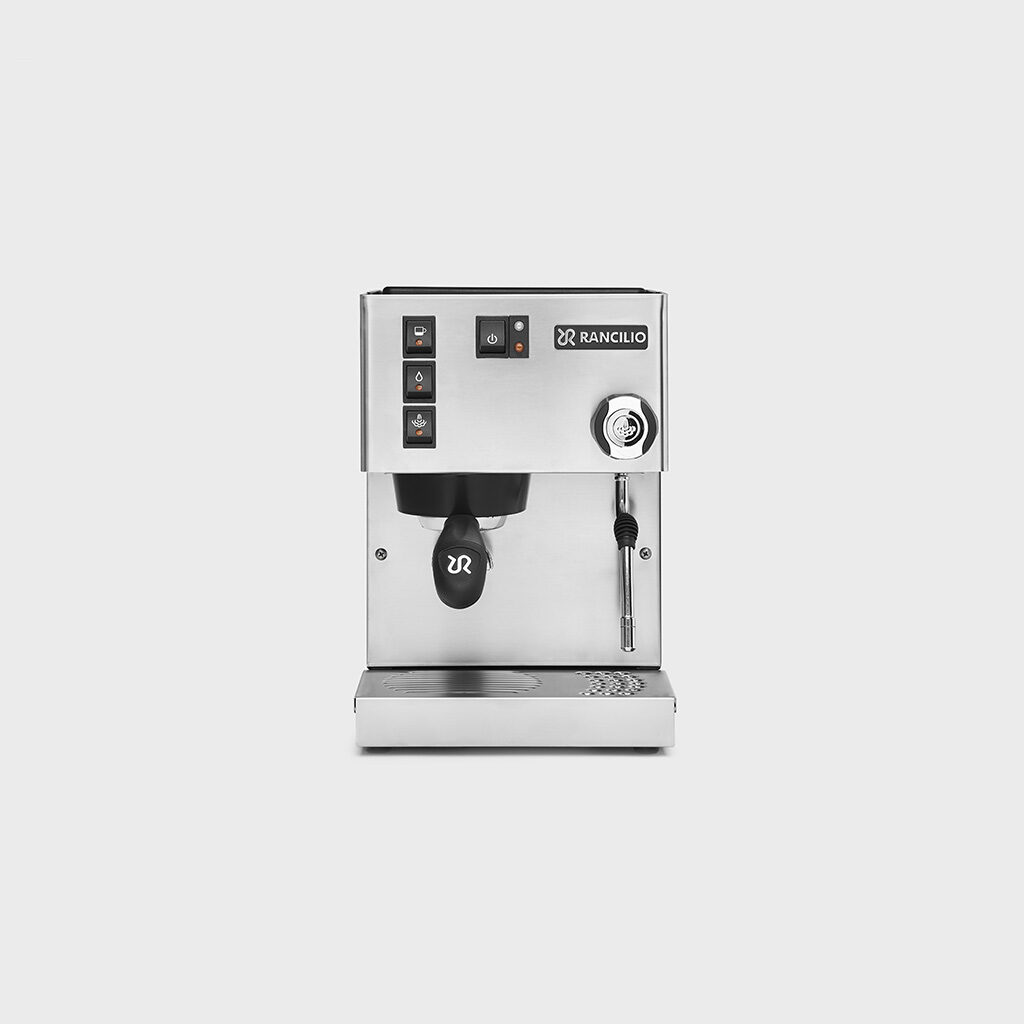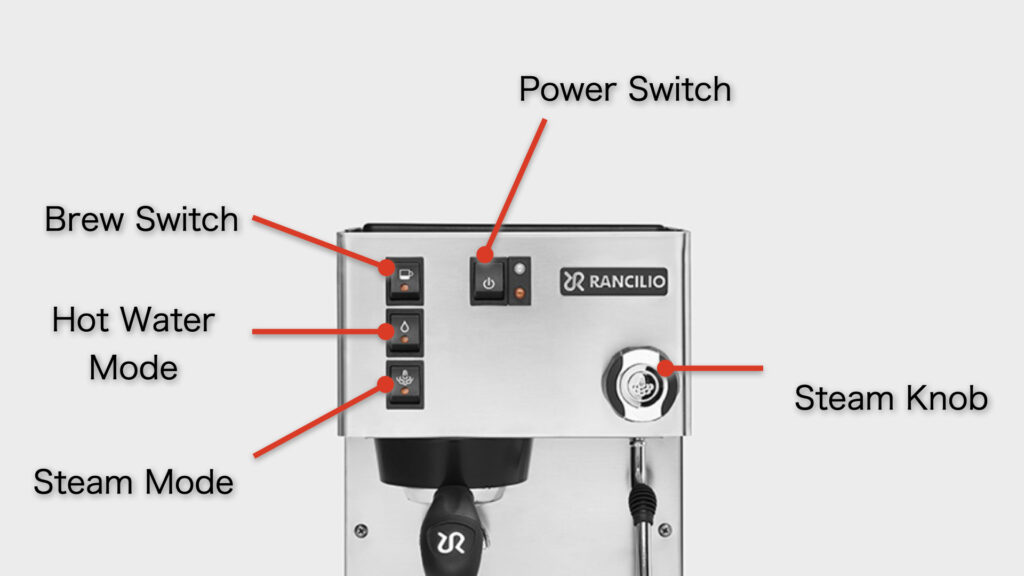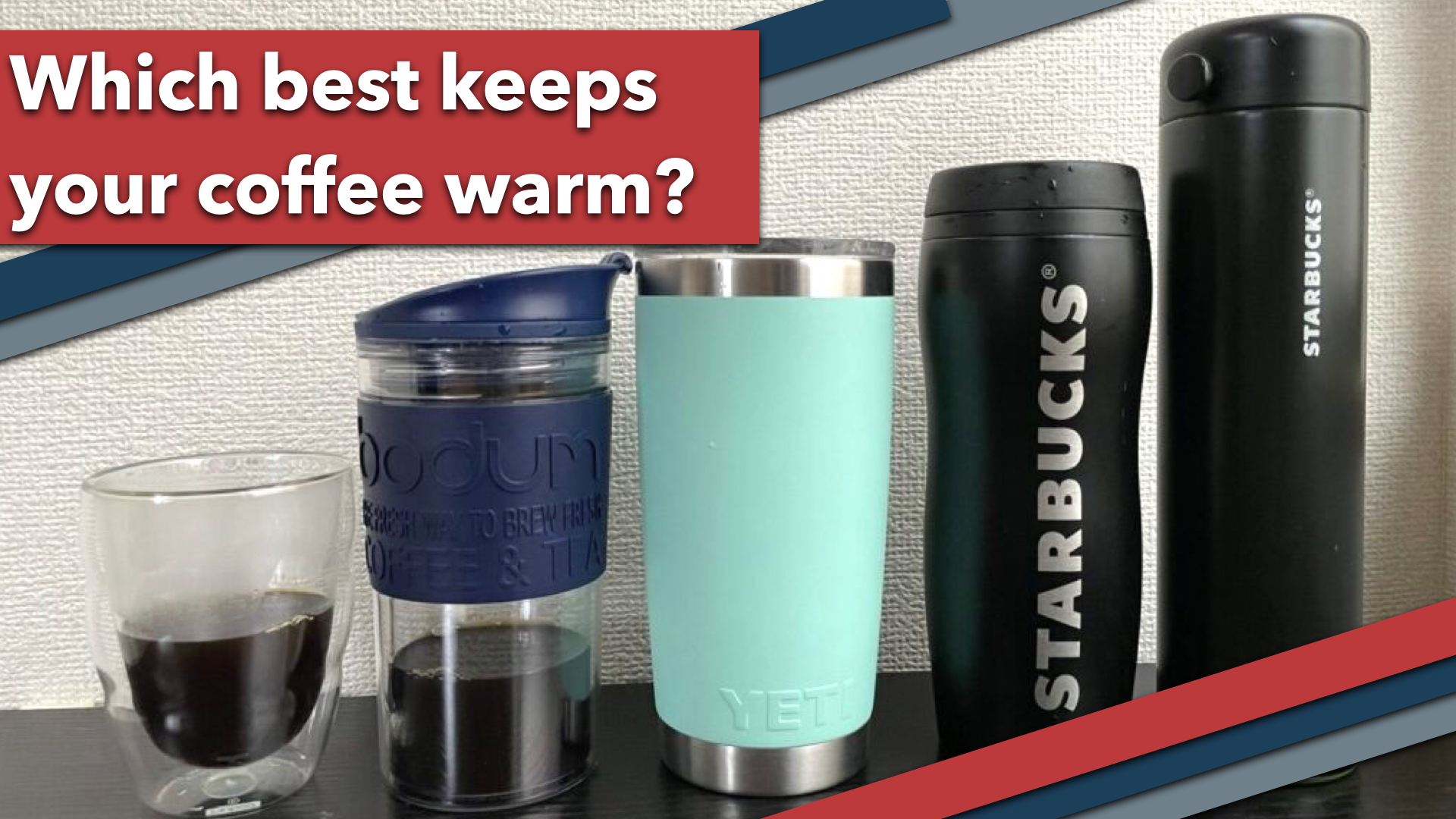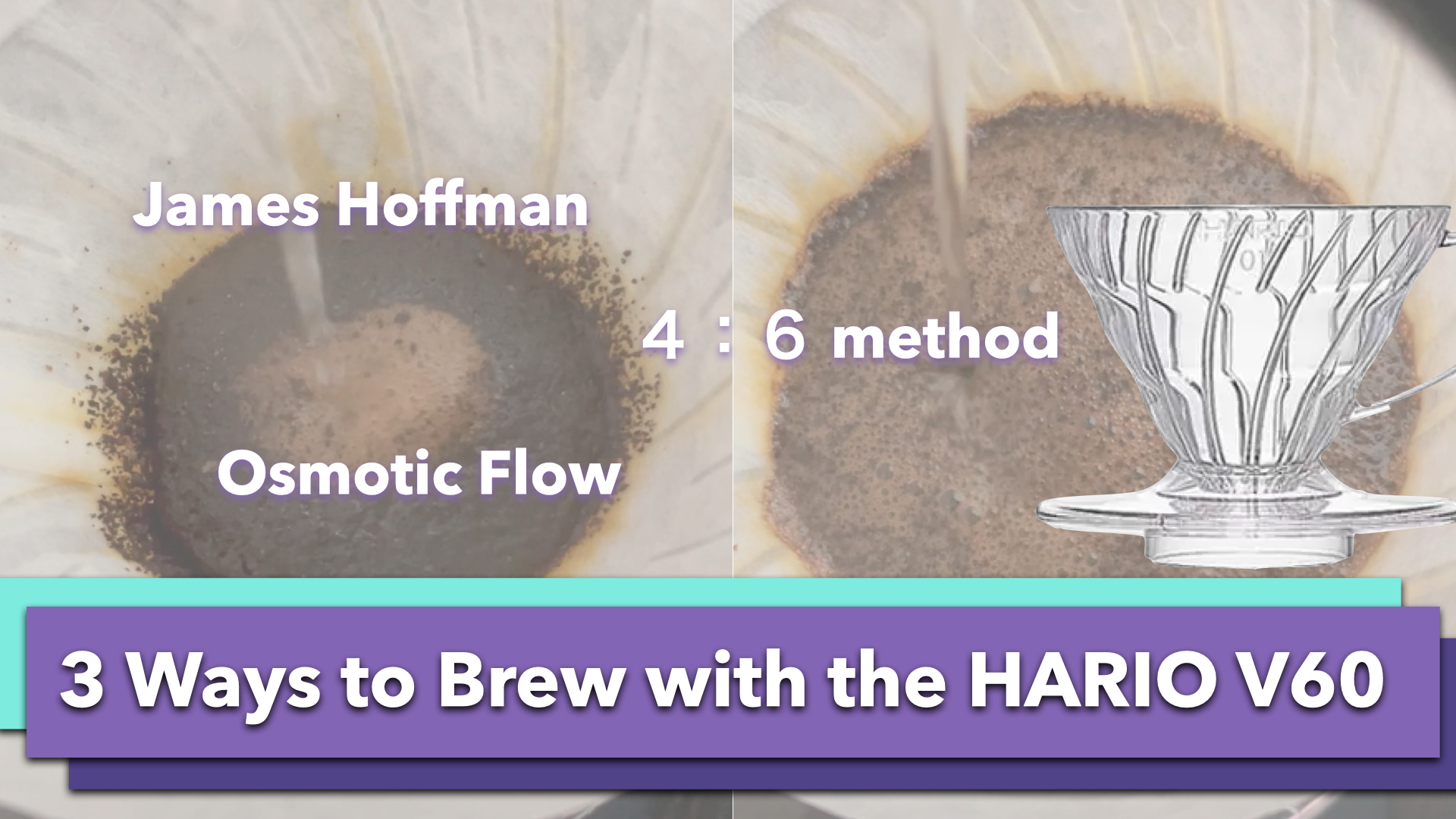Hi everyone!
In this second post of my espresso machine impressions series, I will be looking at the Rancilio Silvia. I mentioned this machine in the first impressions post about the Gaggia Classic Pro as being one of most popular entry level espresso machines. Mind you, this is a proper entry level machine capable of pulling true espresso, not one of those appliance grade machines.
In this post I will go over the features the Silvia has, what it excels at, where are some weaknesses, and who might it be for. As a disclaimer I myself am in the stage of looking for a machine to buy. I do not own this machine, and this post will be a cumulation of information I have gathered online. It will be my impressions on the machine from the perspective of someone in the market for a first home espresso machine.
(Actually, I usually write these posts in Japanese first. The home espresso market is not too big in Japan, so it’s very difficult to find information about these espresso machines in Japanese.)

I have summarized some important aspects to consider then looking for an espresso machine. It might be useful to take a look through these before this post.
- Machine Types : Manual / Semi-Auto / Fully-Auto / Super-Auto
- Boiler Types : Single / Dual / Heat Exchanger
- Portafilters : Size / Spout
- Baskets : Size / Quality
Also I will be comparing the Silvia to the Gaggia Classic Pro covered in this post.
General Specs
The Rancilio Silvia is a single boiler, semi-automatic machine.
Single boiler machines produce the brew water around 90℃ and the higher temperature steam from one boiler by raising / lowering the temperature of the single boiler. This means that you cannot brew and steam at the same time. Pretty much all entry level machine will have this single boiler mechanism. (For a more detailed explanation on boiler mechanisms please jump over here)
The semi-automatic part is also common on entry level models. It means that the user will have to manually stop the brewing process. The user can use a scale or timer to measure when to stop brewing and hit the switch to stop the brew. (More about machine types here)
For a typical use case at home where you are only pulling at most a few cups each day, these two point will not be an issue. (If you are looking for a machine to use in a small cafe, you may want to look at a higher grade machine capable of back-to-back shots)
The Silvia uses the 58mm baskets which are standard on commercial grade machines. This is a big selling point for the Silvia, since it means that you will have a lot more flexibility on the choice of baskets, portafilters, shower screens, tampers etc… (I personally am only looking at machines with 58mm baskets)
The interface is pretty simple, with 4 switches, 1 knob, and 5 LEDs.

To put it short, my impression of the Silvia is “a premium looking entry level machine”. The features and actual performance are very similar to the Gaggia Classic Pro, but it differs in the premium aesthetic and cost.
Cost
In the US, the Silvia costs around $775. Pretty pricy right… even though it is considered an entry level model.
Compared to the similarly specced Gaggia Classic Pro, it is $300 more. Not quite double the price, but its close.
By the way, there is no direct supply in Japan, so we need to import it. The import costs adds another barrier for Japanese home baristas. (Since some importers charge a significant additional cost)
If you are looking to buy a Silvia, make sure you look at the minor change version you are getting. The Silvia was first introduced in 1997 and is a long running product. Throughout the 20yrs+ it has been on sale, it has gone through 6 versions (as of 2021). Mostly they are minor changes, but if you want the newest one, look for the black group head, and the power switch icon (v6 has the typical IO circle with a line icon, where as older models have a lightning bolt icon).
Let me quickly cover the minor changes from v3.
- V3 -> V4 : the boiler heating element became replaceable. v3 required the entire boiler to be replaced
- V4 -> V5 : 30min auto-off power save feature added. 1 added power LED. added insulation material internally.
- V5 -> V6 : Icon change, group head color change, stainless steel steam wand, improvement for the included tamper.
Also there is a similarly named Rancilio Silvia Pro, This machine has a dual boiler and costs more than double the price.
Build Quality
The Silvia is built very solidly. Its size is 23.5 x 34 x 29 cm and weighs 14kg. The body is made of stainless steel and its got a very simple but clean look to it. Its weight makes sure that the machine does not move around when locking in the portafilter.
The portafilter handle is made from plastic, but has a nice matte finish to it. Its shape helps the user hold it nicer. The knob controlling the steam is also stainless and plastic, and is very nice to use.
I feel that the aesthetics is what differentiates the Silvia from the Gaggia Classic Pro. The Gaggia cuts corners on the aesthetics of the portafilter handles and knobs which somewhat are cheep looking and feeling. These parts are what the user interacts with on a daily basis, so the higher quality finish on these parts will definitely improve the user experience for Silvia owners.
The drip tray is literally a shallow tray with a cover over it. It is one of the most heard complaints of the Silvia. The tray’s capacity is quite low, and with the cover on it its difficult to see how full it is. Also the walls of the machine make it such that the tray needs to be tipped slightly to remove. This greatly increases the risk of spilling when emptying the tray.
The water tank is located at the top of the machine and has a plastic lid on it. Its capacity is about 2 liters. You cannot see how much water is left unless you remove the lid and look in.
Solenoid Valve
Like the Gaggia Classic Pro, the Silvia also has a 3-way solenoid valve. This component acts to release the built up pressure in the brew chamber after a brew, so that you end up with a clean dry puck.
The exhaust pipe is placed inside the machine, so it looks cleaner than the Gaggia Classic Pro.
Boiler
The boiler capacity is quite big at 300ml. The heating element power is 900~1000W. Compared to the Gaggia, the boiler is 3 times the size, and the heater is 2/3 the power. So it takes a relatively longer time to heat up.
It takes about 1.5min to go from brewing temp to steaming temp. So it may be better to steam your milk first then brew, by cooling down the boiler by purging steam to quickly lower the boiler temperature to brewing temperature.
Obviously a bigger boiler has a great benefit when it comes to steaming ability. Its steam is high power and lasts a long time.
The temperature control mechanism of the boiler is a simple one, and has a pretty large variation. (It does not have a PID controller like its higher grade Silvia Pro model) By using a temperature surfing routine, you can get consistent temperatures.
Pump
The Silvia uses a vibration pump. It does not have a pressure gauge.
A good point related to the pump is that the Silvia allows the user to adjust the pressure, without modding the machine. With the Gaggia you needed to open up the machine and mod it. It’s nice that this can be done by a manufacturer approved method.
Steam
The steaming ability is a great strength of the Silvia. As mentioned before it has a large boiler, which allows for a lot of high power steam. Many say it rivals steaming powers of much higher grade machines
If you are someone looking to make many milk based drinks in a row, this ability may come in very handy.
The steam wand is a very standard simple structure found on commercial grade machines. (it’s not one of those auto-frothing ones) The steam wand is mounted on a ball joint which allows for greater flexibility when steaming.
Modding
The Silvia is a very popular entry level machine and has a huge user community. The simple mechanism of the machine also allows this machine to be modded (like the Gaggia Classic Pro). There are may people adding features to this machine as well.
The pump pressure is easily adjustable as mentioned, but some people have added temperature control and all sort of features to it.
I personally like to tinker with machines, so this is a big selling point for me.
Summary
So I have gone over the features and benefits of the Silvia. It is a very capable entry level espresso machine, which is loved by so many users for a very long time. In the world of espresso machines, it is on the relatively low cost end, but it has sufficient features and performance.
This machine is often compared to the Gaggia Classic Pro. The Silvia is twice as heavy, and is built like a tank. Both are single boiler, semi-automatic and the espresso quality they produce is usually said to be comparable.
The difference appears in the aesthetics of the machines. Especially the quality of the portafilter and steam knobs are far superior with the Silvia. And the Silvia has an edge in the steaming performance.
The Silvia and Gaggia Classic Pro are often compared as entry level machines, but you must keep in mind that there is a $300 price difference (roughly 1.7times the price) between these two machines. (By the way, if you try to purchase these machines in Japan, where is nearly a $500 price difference)
The decision comes down to whether you consider the difference worth the extra cost. For me, I am leaning towards that Gaggia. I don’t plan to pull many shots, so I do not need the steaming power, and if the quality of the espresso is similar, I think I can overlook the cheapness a little bit.
If you own a Silvia, I would love to hear what you like/ don’t like about it in the comments.




コメント